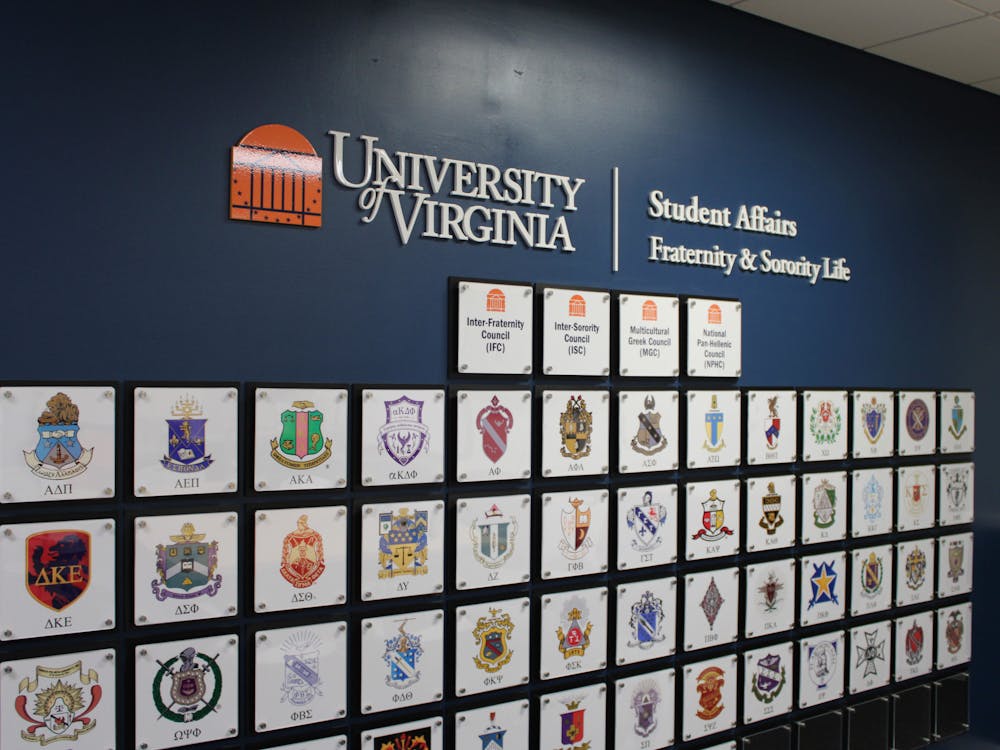As we approach the middle of the semester, University students are already preparing to sign (or, in some cases, have signed) leases for the upcoming school year — a symptom of the stressful early-signing dates of off-Grounds real estate companies. That private companies dictate leasing plans is nothing new; but the number of students opting to live off-Grounds may be symptomatic of the University’s lack of options for upperclass students.
The University guarantees housing for rising second-year students, as well as housing for any students who have lived in University housing the year prior. And generally speaking, the University invests significantly in housing — but as of now, this seems limited to areas that apply solely to first-years. Over the summer, the University built Gibbons Dorm in Alderman Road dorms, and there are ongoing plans to revamp first-year residences. These are necessary investments, especially as University class sizes increase. But increasing living space for first-year students inevitably requires increasing living space for older students, as incoming first-year students will one day be second-, third- and fourth-year students. The current options for housing cannot hold all University students, but logically should be able to accommodate the same number of students who attend our school.
Many University students prefer to live in off-Grounds housing, which may be a matter of housing preferences, proximity to Grounds or other factors. Because of this, the University has had no significant pressure to invest in upperclass housing. It is hard to know, of course, whether the lack of upperclassmen students living in on-Grounds housing is a matter of demand or supply — especially since the pattern of living off-Grounds has existed long enough now to entice new students to pursue that option. But as the undergraduate population expands and rent prices for non-University housing increase, having enough living space for older students will likely become an issue in the near future.
The main obstacle the University faces — apart from budgetary constraints — is finding space it can purchase or where its existing housing can expand. But with the creation of Gibbons Dorm, it seems the University has both the capacity and desire to expand and improve housing options. For upperclass housing, the University could invest in living space near first-year dorms, expand apartment-style options vertically (building up) or purchase property and buildings in the Corner area or by Jefferson Park Avenue. All of these projects would be long-term — but it is important to think in the long-term here. At the University’s founding, the student body was comprised of 68 men; over time we have had to expand our facilities to keep up with a student body that now consists of nearly 15,000 undergraduates. When it comes to maintaining enough resources for these students, we should always think a step ahead, not find ourselves catching up.




